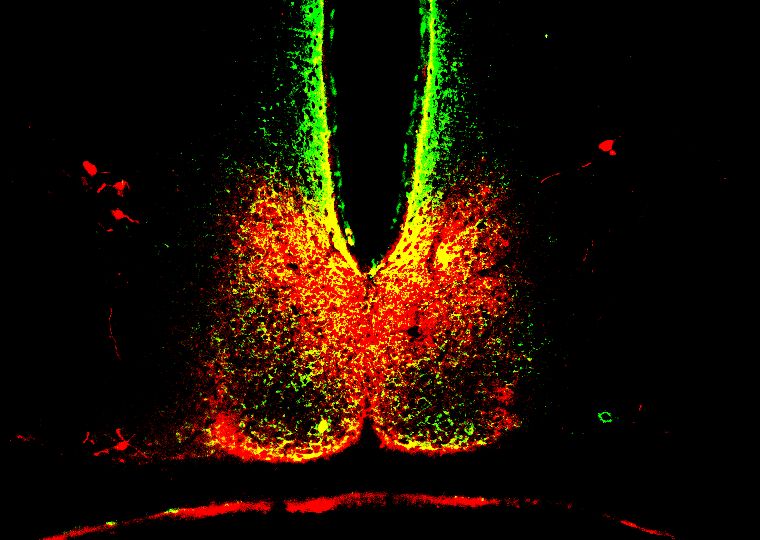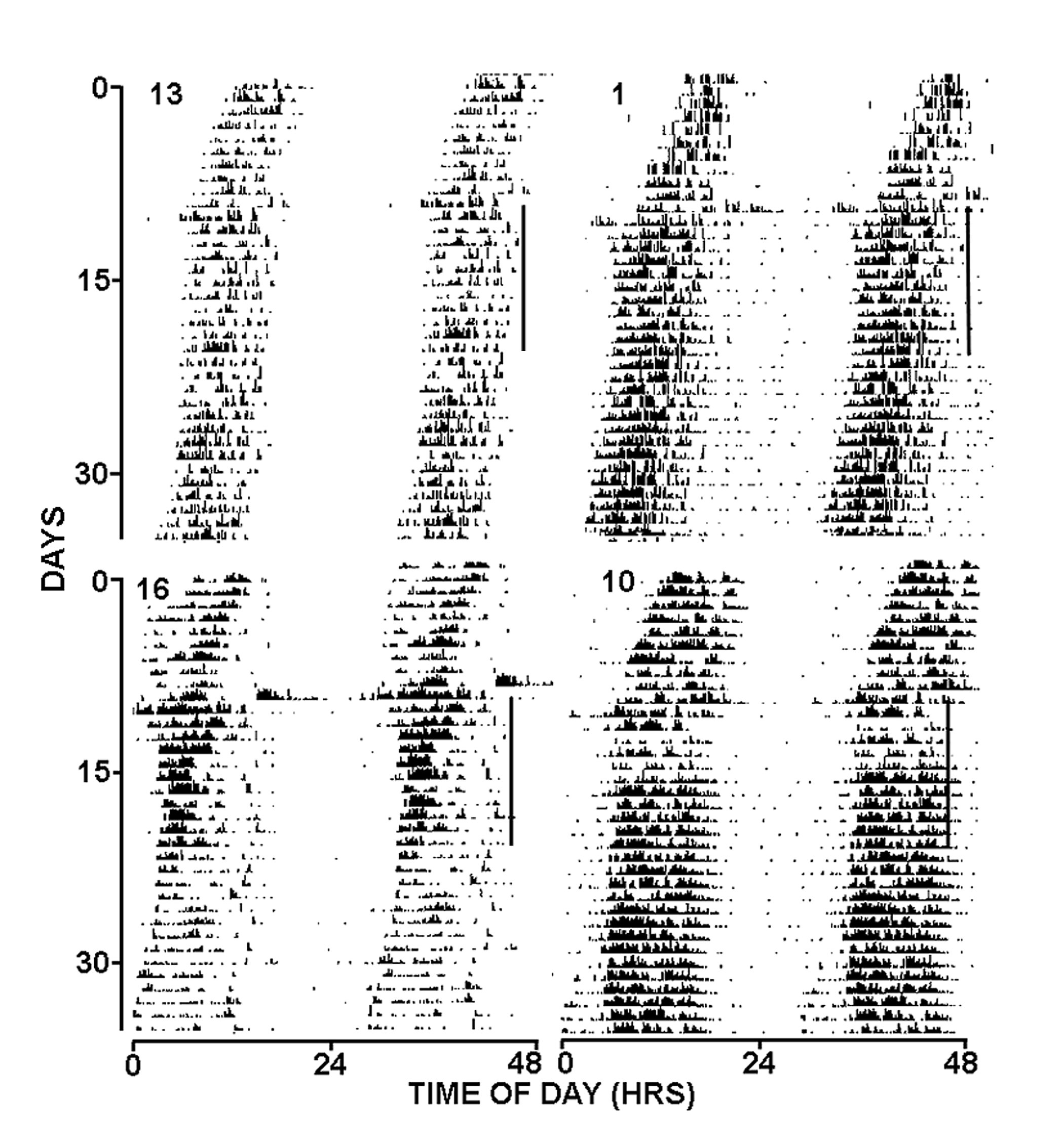Research & Professional Interests
The research in my laboratory is focused on the neurobiology of mammalian biological rhythms. The research program has been continuously funded by federal agencies for 16 years, and is presently funded by two grants from the National Institutes of Health (NINDS and NIADA). One aim of the research is to study how environmental information is integrated by the circadian clock to regulate the timing of daily behavioral, physiological and neuroendocrine rhythms. The neural elements of the clock are confined to the suprachiasmatic nuclei (SCN) of the anterior hypothalamus, which offers an anatomically-discrete model for studying integrative processes regulating specific aspects of circadian rhythms. We are using a variety of technical approaches for the study of SCN pacemaker function ranging from the molecular to the behavioral levels in Syrian hamsters and mice. These approaches include studies of 1: in vivo SCN neurotransmitter release (aminergic, amino acid and peptidergic) and receptor pharmacology using in vivo brain microdialysis with HPLC-electrochemical detection 2: photic entrainment mechanisms using quantitative measurements of immediate-early gene activation, electrophysiological assessment of afferent pathways in the SCN slice preparation and computerized assessments of behavior relevant to circadian pacemaker function 3: non-photic entrainment mechanisms using electrical stimulation of the raphe nuclei and behavioral and serotonergic phase-shifting.
The second aim is to study the effects of ethanol on the circadian timing system. Alcohol use and withdrawal have profound effects on circadian rhythms and sleep. These two phenomena are interrelated, since disruptions in circadian functioning are a major cause of many sleep irregularities. Since sleep problems are linked to the development of of alcoholism, it is important to understand the neural processes that contribute to ethanol-associated effects in the circadian clock. Known cellular targets of ethanol include the glutamatergic signaling system, which is critical for synchronizing the clock to the environment. Our data show that ethanol treatment in hamsters and mice blocks the synchronizing action of light in the clock mechanism. We are using complementary in vivo (behavioral) and in vitro (brain slice) approaches to study this problem.

SCN Circadian Clock

Mechanism for photic setting of the circadian clock in the mamilian suprachiasmatic nuclei

Double potted entrained rhythms of daily locomotor activity of
four diurnal marmosets to a 20 second light pulse designated by vertical lines
|